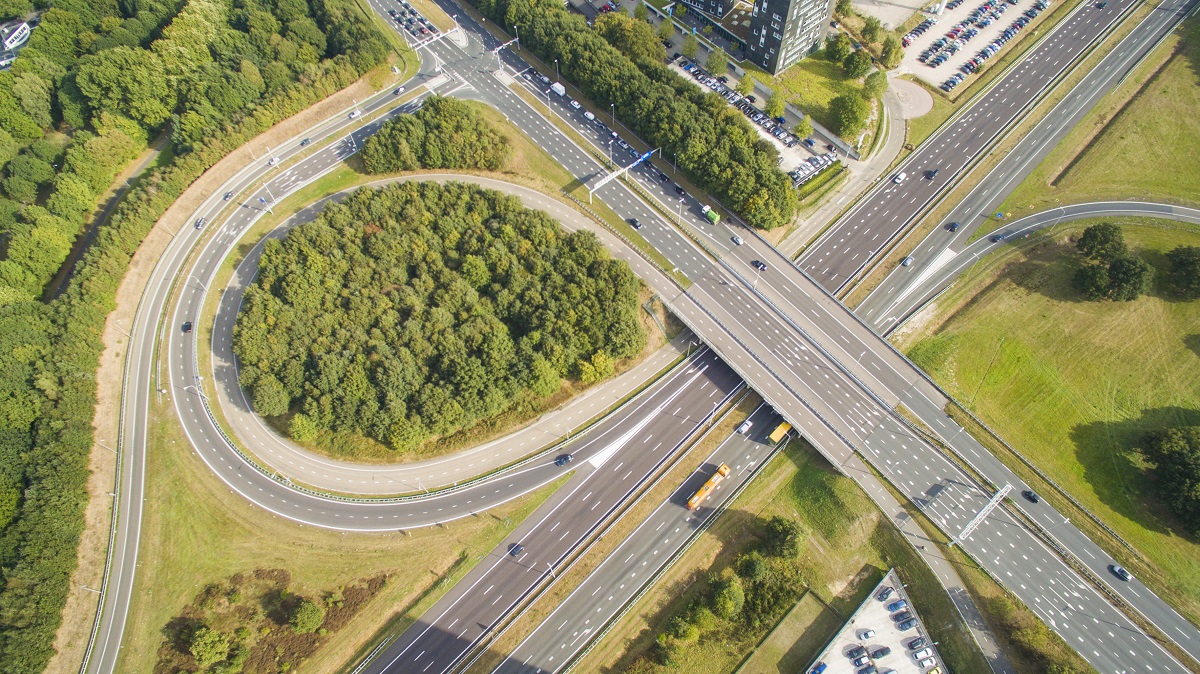5 tips for saving on fuel costs (and CO2 emissions)
In many organizations transportation is responsible for the largest share of emited CO2 emissions. A petrol-car for example, which drives 35,000 kilometers per year, causes about 7.5 tons of CO2 emissions. As an indication, 375 mature trees need to grow for a year to absorb the emission of that car in their biomass. Worldwide transportation is, both by road as by air and water, responsible for 25% of the total human-caused CO2 emissions.
When it comes to transportation, there is still much to save at fuel costs. This will then also contribute to CO2 reduction. Below, five tips to help you save on your costs immediately.
1. Switch gears correctly and at exact speed
When driving a passenger car, switch gears as early as possible and continue as long as possible with a steady speed at low number of revolution in the highest gear. For all cars applies the advice to switch between 2,000 and 2,500 rpm to a higher gear. Here you can find more information about saving fuel on passenger transport.
2. Anticipate for the correct speed
Look as far ahead as possible and anticipate on other traffic. When you see that you need to slow down or stop in front of a traffic light, then leave the accelerator on time, do not detach and let the car unroll in the gear.
3. The correct tire pressure
Check the tire pressure of your car at least once every quarter. A correct tire pressure makes up to 4% less fuel consumption, better grip, longer life and shorter braking distances. Here you can find more information about saving fuel on freight traffic.
4. Make use of public transport
So far public transport is one of the most energy efficient and thus environment friendly transport options. For example, one kilometer by train causes about 1/4th of CO2-emissions of an average vehicle kilometer. Moreover, public transport takes you quickly and safely to any place in the USA. By using train, bus, metro or tram as an alternative means of transport, you will be brought from A to B more energy-efficient and climate-friendly.
5. Don’t drive
Not driving eventually causes no greenhouse gas emissions at all. By allowing people to work at home, you save on travel costs and employees get more flexibility to plan their work. And when a trip to the company is still needed, than encourage the use of a bicycle or public transport.

